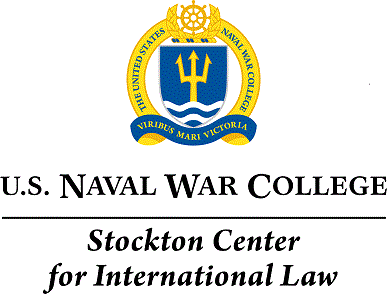
Abstract
The classification under international humanitarian law of certain cross-border armed conflicts against an organized armed group remains controversial. More specifically, cross-border armed conflicts resulting from a non-consensual State intervention, such as the United States’ intervention in Syria (without Syrian consent) against the Islamic State, still divide legal scholarship regarding their appropriate classification. One theory argues for a single classification of non-international armed conflict between the intervening State and the organized armed group; another theory relies on a double classification of non-consensual State interventions, adding to the non-international armed conflict an international armed conflict between the intervening State and the territorial State. This article demonstrates that this second theory, the double classification theory, is not desirable. First, it creates several problems concerning the traditional understanding of international armed conflict. Second, it causes significant problems with the determination of the applicable law to the intervening State’s armed forces. By underlining these problems with the double classification theory, this article favors a single non-international armed conflict classification between the intervening State and the organized armed group.
html
